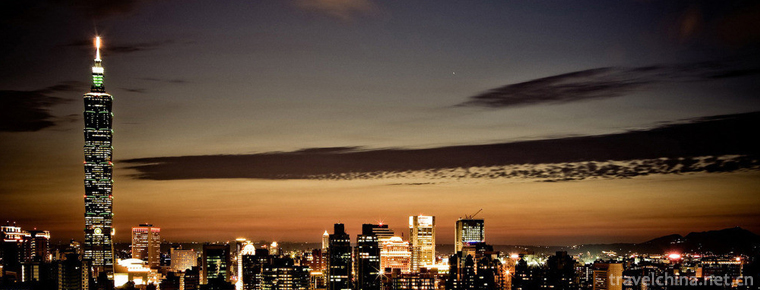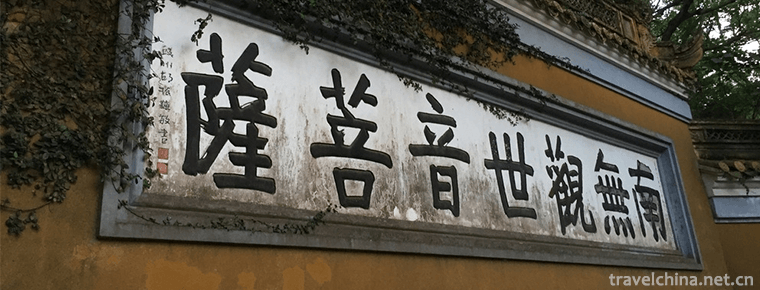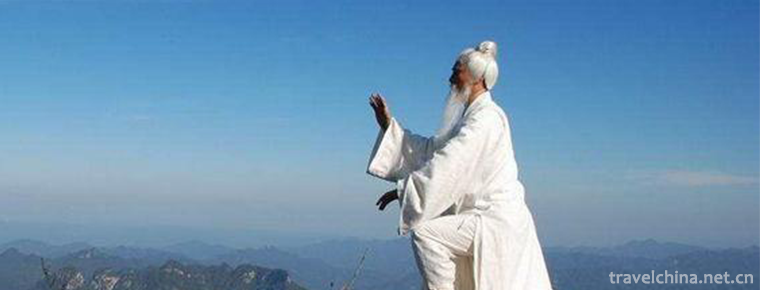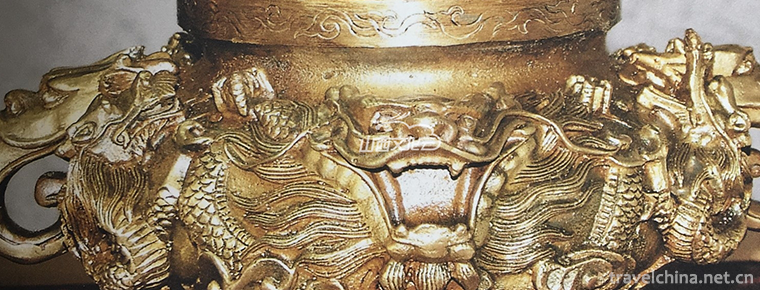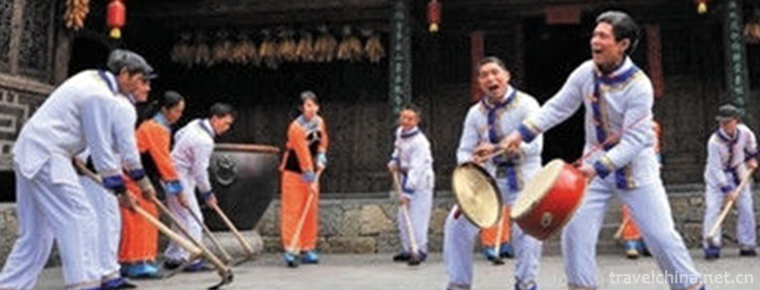Mongolian Humai
Mongolian Humai
Humai, also known as laryngeal singing, double singing, multi-voice singing or Haolinchao, is a singing method of many ethnic groups around Altai Mountains, not unique to the Mongolian people.
Humai is a magical singing art created by the indigenous peoples in Altai Mountains. It was spread over a vast area as early as the 12th century when Mongolia formed a nation: a singer sings two parts at the same time with his own vocal organ. The basic structure of Humai vocal part relationship is a combination of a continuous bass and the melody flowing above it. It can also be divided into "overtone humai", "tremor humai", "compound humai" and so on. It is unique among Chinese folk songs of all nationalities.
historical origin
According to textual research, the history of Humai can be traced back to the Hun Dynasty, that is, the Hun Dynasty had produced Humai. In hunting and nomadism, the ancestors of the Mongolian Plateau imitated the sound of nature piously. They believed that it was an important way to communicate with nature and the universe effectively and live in harmony. Thus, some potential of human voice organs were developed. One person could make "harmony" when imitating the sound of waterfalls, mountains, forests and animals, that is, the embryonic form of Humai.
About the emergence of Humai, the Mongols have a strange saying: Ancient people moved in the mountains, saw rivers diversion, waterfalls falling, mountains and valleys should be moving, heartfelt, heard dozens of miles, and then imitated, resulting in Humai. Among the Mongolians in the Altai Mountains of Xinjiang, Humai still exists today. Humai's repertoire is not particularly rich due to the limitation of special singing skills. Generally speaking, there are three types: one is singing beautiful natural scenery, such as "Taishan song", "river of cloth River" and so on. Two, it is the lovely image of wild animals, such as cuckoo and black bear, which retain the music remains of the mountain forest hunting pig culture period; three, praise the horses and grasslands, such as the four year old sea horse. In terms of its musical style, Humai is mainly short-key music, but it can also sing short long-key songs, which are not many. Judging from the legend of Humai and the theme of the repertoire, the singing form of "throat sound" is the product of the hunting culture of Mongolian mountain forests.
artistic characteristics
Humai singing method is produced under special regional conditions, production and lifestyle. Its voice production method and voice characteristics are rare. It is different from the world-famous Mongolian long tune singing method. Vocal music experts describe this singing method as "high as the top of the sky, low as the bottom of the sea, wide as the edge of the earth". Humai's vocal principle is special. Sometimes the vocal cords vibrate, sometimes they do not vibrate. It is the gas in the cavity that resonates. It uses special voice skills, one person sings two parts at the same time, forming a rare polyphonic form. The singer uses the technique of closing breath to make the breath impact the vocal cords violently and produce strong bubbles to form the bass part. On this basis, we can adjust the oral resonance skillfully, strengthen and concentrate overtone, and sing a clear and transparent high-pitched voice with metal sound, so as to achieve a wonderful sound effect.
As a special form of folk singing, Humai is an outstanding creation of the Mongolian people. It conveys Mongolian people's deep philosophical thinking and understanding of the natural universe and all things in the world, and expresses Mongolian people's pursuit of harmonious survival and development and healthy and upward aesthetic interest.
Inheritance significance
Humai is one of the oldest art forms of the Mongolian nation. It retains some elements of primitive singing more. It is a long-standing echo from the deep memory of the nation. It is closely related to the history and culture of the Mongolian people. It is of great value to anthropology, ethnology and folklore studies.
For this reason, the Humai art inherited and disseminated for the contemporary Mongolian nation not only stirred up the international music circle, but also aroused great interest and general concern of experts and scholars in sociology, anthropology, history, culture and art all over the world, and attracted more attention of national musicians and vocal experts and scholars. Mr. Lv Ji, the honorary chairman of the Chinese Musicians Association and a leading musician in the field of music theory, pointed out that "there is a kind of song in Mongolia that one sings two parts at the same time, which can not be imagined by outsiders, and we should study it carefully." Morgihu, honorary chairman of Inner Mongolia Sound Association, recently wrote: "Haolin Chaoer Music is the oldest music heritage with ancient cultural value, a living music fossil, and the most valuable music heritage of scientific exploration and understanding value among all ethnic and national music heritage discovered so far." In inheriting and developing the exquisite cultural heritage of the Mongolian people, the Inner Mongolian grassland lags far behind other Mongolian areas such as the foothills of the Altai Mountains, for example, Mongolia has already listed the art of Humai as a national treasure; the Russian Republic of Tuva regards it as a national soul; both countries have included the excavation and research of the art of Humai in the key disciplines of national art and introduced it into Mongolia. The ancient vocal music teaching system. The Central Conservatory of Music of China has also listed Humai Art as an important part of the national art subject, World Ethnic Folk Music. Professor Chen Ziming, Secretary of the Party Committee of the former Institute and expert of world Ethnomusicology, personally led the research.
Humai has been extinct in Inner Mongolia grassland for more than 100 years. It is also on the verge of being lost among Mongolian nationalities in Altai region of Xinjiang. Since the 1990s, people with lofty ideals in Inner Mongolia art circle have learned various singing skills of Humai from Mongolian Master Humai through various ways such as "Come in" and "Go out", and improved quickly. Among them, Sqinbilig, Zhang Zhaoxiang, Jiri Mutu, Baolidao and Baolida are outstanding. Since the 1990s, they have been active on the music stage at home and abroad (visiting Japan and Australia successively). Among them, Szyn Billiger has been hired to give lectures and perform demonstration performances in the Central Music Center. Their recordings and videos have been broadcasted many times in various forms of academic seminars at home and abroad. As early as the 1980s, the insightful scholars Morgihu and Da Buhe Chaolu began to study and introduce "Humai"; Inner Mongolia Song and Dance Troupe, Inner Mongolia Radio and Television Art Troupe and Mongolian Youth Chorus introduced different vocal music forms (such as folk art singing without accompaniment chorus) to the stage successively; only after the establishment of Oriental Film and Television Institute in 2000 did the art of Humai really come into being. Introduce the center of national art teaching.
It is an important and urgent task to rescue and protect the magical singing art of "Humai" from extinction.

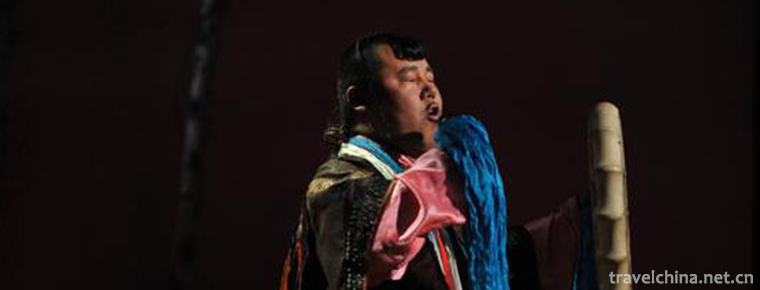
-
Taipei 101 building
Taipei 101 Building, formerly known as Taipei International Financial Center.
Views: 265 Time 2018-10-12 -
Putuo Mountain Scenic Spot
Putuo Mountain Scenic Spot, located about 100 nautical miles east of Hangzhou Bay, Zhejiang Province, is an island in Zhoushan Islands. The island covers an area of 12.5 square kilometers.
Views: 157 Time 2018-12-07 -
Eight Delicacies Rice
The traditional name of Ningbo is Laba Festival Food. It is made from raw materials such as glutinous rice, bean paste, jujube paste, preserved fruit, lotus seed, rice kernel, longan, sugar and pig fa.
Views: 156 Time 2019-03-25 -
Eight treasures Orange Cup
Babao Orange Cup is a delicacy. Its main ingredients are mushrooms, horseshoe, ham and chicken breast..
Views: 529 Time 2019-03-25 -
Taiji boxing
Taijiquan, a national intangible cultural heritage, is based on the traditional Chinese Confucian and Taoist philosophy of Taiji, Yin-Yang dialectical concept as the core idea, integrating many functi.
Views: 169 Time 2019-06-18 -
Bronze Ware Making Skills Datong Copper Ware Making Skills
Datong bronze ware is a traditional handicraft of the Han nationality. It has a long history and exquisite craftsmanship. As early as the Northern Wei Dynasty, it enjoyed a great reputation. Since the.
Views: 145 Time 2019-06-21 -
Legend of Emperor Yan Shennong
Yan Emperor Shennong, one of the three emperors and five emperors, is one of the local folklores in Suizhou, Hubei Province, and is the national intangible cultural heritage. After Wa Fuxi, a stepdaug.
Views: 193 Time 2019-07-10 -
Youyang Ancient Songs
Youyang Ancient Songs are the words chanted or chanted by sorcerers in the activities of ancestor worship, praying for high yield, exorcising evil spirits and returning vows. The Youyang Tujia and Mia.
Views: 136 Time 2019-07-14 -
Shaoxing opera
Vietnam Opera is the second largest opera in China, known as the second national opera, also known as the "most widely circulated local opera". Some people think that it is the "largest.
Views: 132 Time 2019-07-16 -
University of Chinese Academy of Sciences
University of Chinese Academy of Sciences ( University of Chinese Academy of Sciences Referred to as "National Science and Technology University", was approved by the Ministry of education. .
Views: 111 Time 2019-12-11 -
Longchi National Forest Park
Longchi National Forest Park is located in Dujiangyan City, Sichuan Province. It is only 84 kilometers away from Chengdu and 30 kilometers away from Dujiangyan. It is one of the 20 key national forest parks in China..
Views: 220 Time 2020-11-05 -
Topography and geomorphology of Suining
Suining is a hilly and low mountain area in the central part of Sichuan Basin, with simple geological structure and gentle fold. The landform type is single, belonging to the Mesozoic Jurassic strata, which is eroded, cut and accumulated by flowing water.
Views: 112 Time 2020-12-16
